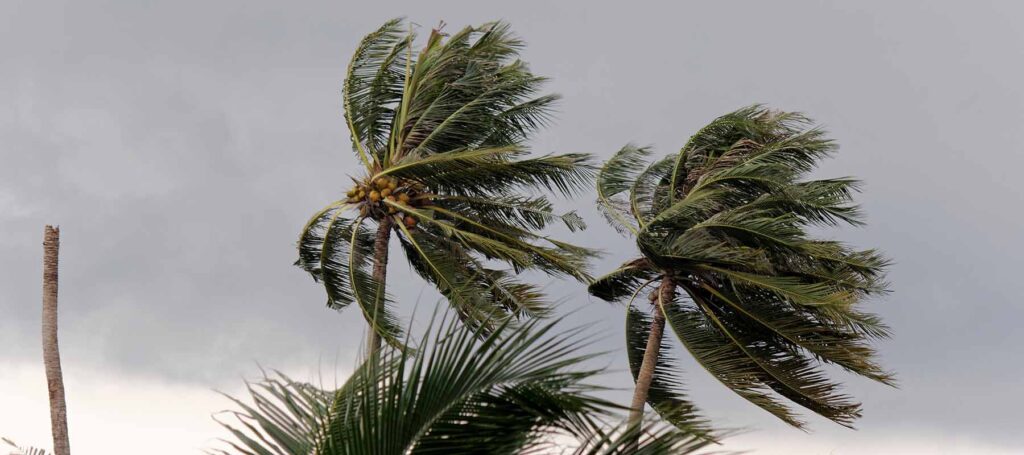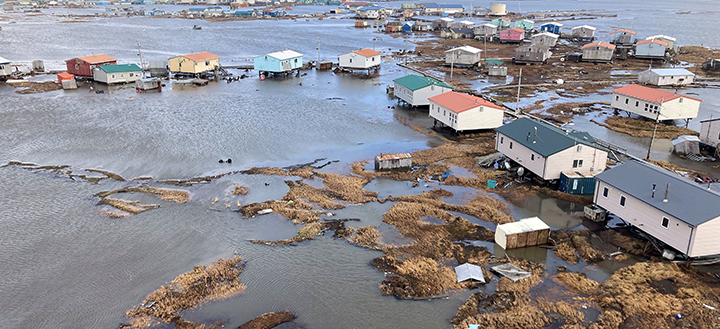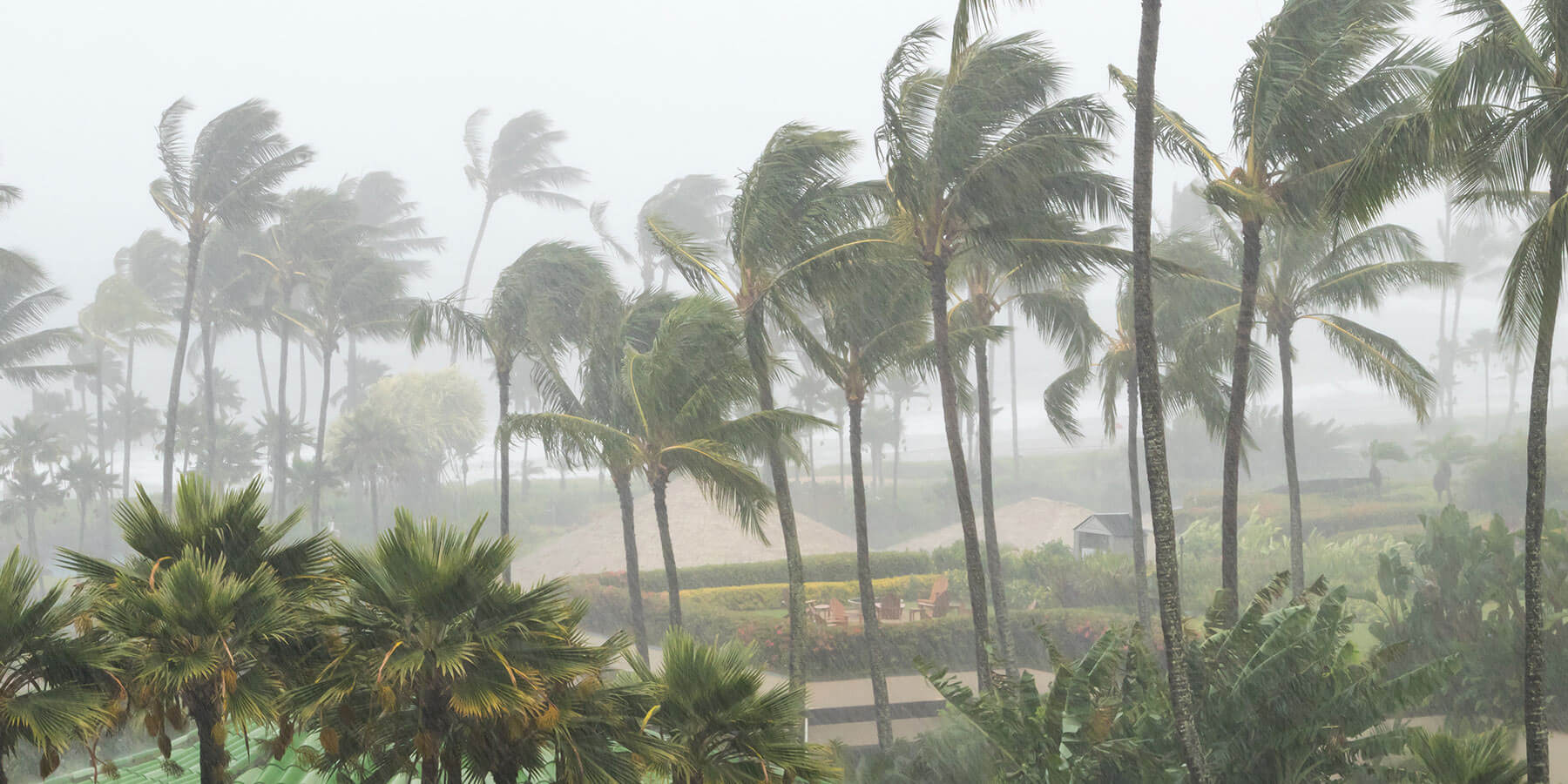When discussing natural disasters, hurricanes are among the most formidable. The transition from a tropical storm to a hurricane signifies a change in nomenclature but also an escalation in potential impact. This article unravels the intricacies behind the formation and development of tropical storms, focusing on the transformation of Tropical Storm Oscar into Hurricane Oscar. It also provides insights into emergency preparedness to help you prepare and stay safe.
The Journey from Tropical Storm to Hurricane
Knowing the nomenclature and categorization of tropical systems helps us understand their potential impact during the Atlantic hurricane season. A storm transitions from a tropical storm to a hurricane when its sustained wind speeds reach 74 mph or more. This threshold marks a significant increase in potential impact and damage.
Factors Contributing to Storm Intensification
The strengthening of a tropical storm into a hurricane is influenced by several atmospheric and oceanic conditions:
- Sea Surface Temperatures
Warm ocean waters provide the energy needed for storms to intensify. The Atlantic Ocean’s temperature plays a vital role in determining the potential for storms like Oscar to strengthen. - Wind Shear
Low vertical wind shear allows storms to develop more efficiently. High shear can disrupt the storm’s structure, while low shear promotes organization and strengthening. - Pressure Systems
Atmospheric pressure systems steer storm paths. A high-pressure ridge can lead a storm to populated areas or steer it out to sea. Understanding these systems helps predict a storm’s trajectory and potential impact.
Understanding the Naming Process for Tropical Systems
The naming of storms is a systematic process governed by the World Meteorological Organization (WMO). Names are chosen from a list that rotates every six years. They serve a practical purpose in improving communication and reducing confusion during multiple storms. The name Oscar is part of this rotating list, having been used twice before, and once more again as the 14th named storm this year.
Previous Storms Named Oscar
Oscar is not a new name in the annals of storm history. However, its previous appearances provide insights into potential behaviors for it and future storms. In 2012, Tropical Storm Oscar was a brief affair in the eastern Atlantic, without any landfall. It formed as a low-pressure system and quickly dissipated. Oscar reached wind speeds of 50 mph before merging with a cold front.
In 2018, Hurricane Oscar formed. It began as a subtropical storm, evolving into a Category 2 hurricane. While it did not directly impact land, its progression offered a textbook example of subtropical to tropical transition. It peaked at 109 mph, transitioning to an extratropical cyclone.
Preparing for Tropical Storm and Hurricane Oscar
Preparation is key in mitigating the impact of tropical storms and hurricanes. Residents in hurricane-prone areas should:
- Develop an Emergency Plan
Families and individuals should establish a clear plan, including evacuation routes and emergency contacts. - Stock Emergency Supplies
Essential supplies include non-perishable food, water, medications, flashlights, batteries, and a first-aid kit. - Stay Informed
Regularly check updates from trusted sources like the National Hurricane Center. These updates offer real-time information on storm development and potential impacts.
Understanding the science behind storms and their development helps build resilience. Education and awareness can empower individuals and communities to take proactive measures, reducing the risk of damage and loss.
Frequently Asked Questions About Oscar and Tropical Storms
- How many times has the name Oscar been used for a tropical system?
The name Oscar has been used twice before, once in 2012 for Tropical Storm Oscar and another in 2018 for Hurricane Oscar. - What is a storm surge warning?
A storm surge warning indicates the danger of life-threatening inundation from rising water moving inland from the shoreline. These are issued before the onset of hazardous conditions. - How can I differentiate between a storm surge watch and warning?
A storm surge watch is issued when there is a possibility of life-threatening inundation, while a warning indicates that such conditions are expected. - How can local communities prepare for a storm like Oscar?
Communities should develop comprehensive emergency plans, establish communication networks, and conduct regular drills to ensure readiness. - How would Tropical Storm Oscar be tracked?
Tropical Storm Oscar would be tracked using satellite imagery, weather radars, and computer models that predict its path and intensity. These tools help meteorologists provide accurate forecasts and timely updates to the public. - How might Tropical Storm Oscar affect local infrastructure?
Tropical storms and hurricanes can disrupt power and water services, damage roads and bridges, and interrupt public transportation. It’s important for residents to prepare for potential service outages and limited accessibility in certain areas. - When does the Atlantic hurricane season officially end?
The season runs from June 1 to November 30, though storms can occasionally form outside these dates. - What areas are most vulnerable to Atlantic hurricanes?
The Gulf Coast, Caribbean islands, and Southeastern United States are highly vulnerable to Atlantic storms due to their geographic location.
The Importance of Storm Preparedness While Watching for Tropical Storm Oscar’s Formation
While the path and intensity of storms like Oscar are inherently unpredictable, preparedness remains the best defense. By understanding the dynamics of tropical storm development and maintaining vigilance, individuals and communities can enhance their resilience against nature’s forces. Remaining informed and prepared ensures safety and minimizes the potential impact of any storm.



